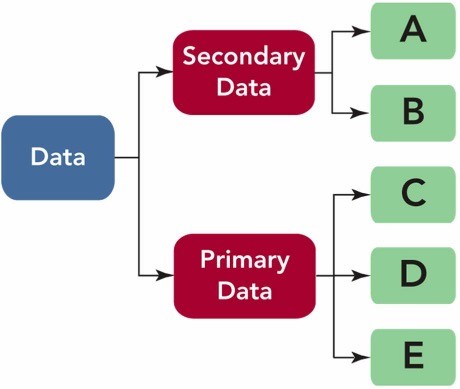Describe some issues that compensation policies must address.
What will be an ideal response?
Certain policies must be formulated before a successful compensation system can be developed and implemented. Naturally, these policies are strongly influenced by an organization's objectives and its environments. Policies must deal with the following issues:
1. Minimum and maximum levels of pay (taking into consideration the worth of the job to the organization, the organization's ability to pay, government regulations, union influences, and market pressures).
2. General relationships among levels of pay (e.g., between senior management and operating management, operative employees, and supervisors).
3. The division of the total compensation dollar (i.e., what portion goes into base pay, incentive programs, and benefit).
In addition to these issues, organizations must make decisions concerning how much money will go into pay increases for the next year, who will recommend them, and how raises will generally be determined. Another important decision concerns whether pay information will be kept secret or made public.
You might also like to view...
The results of a parallel simulation are compared to the results of a production run in order to judge the quality of the application processes and controls
Indicate whether the statement is true or false
When announcing that an enterprise risk management program would be implemented at XYZ Company, the president of the company observed, "We must overcome the silo mentality for the program to be successful."
The "silo mentality" refers to A) over-emphasis on pure risks and ignoring speculative risks. B) using too much of one risk treatment measure and ignoring other risk treatment methods. C) focusing narrowly on one area and not viewing risk holistically. D) everyone assuming someone else is responsible for managing a risk and no one taking leadership.
A rebate is a
A. reduction in price to encourage buyers to pay their bills quickly. B. refund paid to consumers after a purchase. C. document that details pricing changes. D. temporary discount from the list price. E. temporary price cut to attract customers.
 Figure 7-2BFigure 7-2B above shows that secondary data may be divided into two related parts. If B represents data collected from the U.S. Census Bureau, trade association studies, business periodicals, etc., which type of data is B?
Figure 7-2BFigure 7-2B above shows that secondary data may be divided into two related parts. If B represents data collected from the U.S. Census Bureau, trade association studies, business periodicals, etc., which type of data is B?
A. external secondary data B. questionnaire data C. observational data D. mined data E. internal secondary data